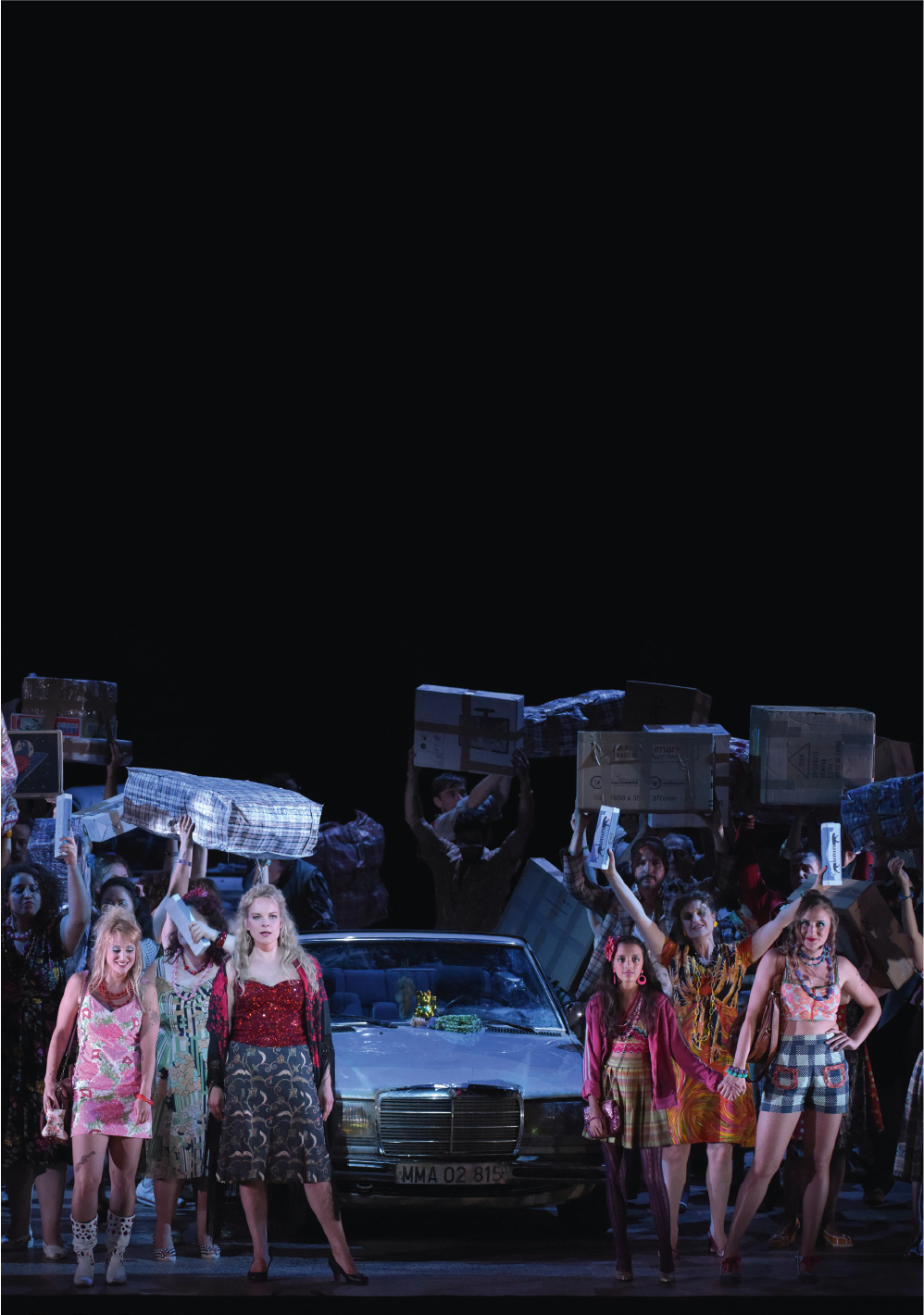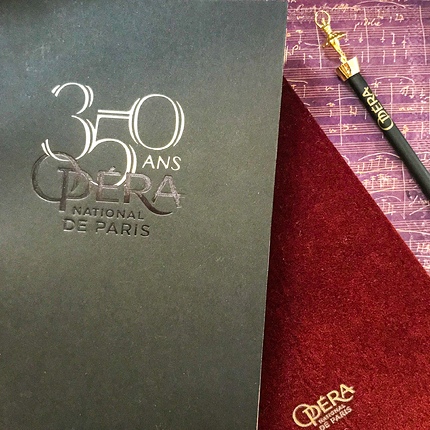Synopsis
"The moment of vengeance has finally come. For thirty da ys I have waited, Weeping tears of blood, behind the mask of a buffoon."Rigoletto, Acte III
In Victor Hugo’s luxuriant drama Le Roi s’amuse, Verdi found theatre worthy of Shakespeare. Such, at least, were his enthusiastic words when he urged his librettist Piave to scour all Venice to find someone with sufficient influence to get his new opera past the censors unscathed. Alas, conventional morality rose up in protest and it proved impossible. Verdi’s hunchbacked jester is one of the most complex and tormented figures in the entire operatic repertoire: monstrous and heartbreaking, grotesque and sublime, this tragically doomed father who seeks to save his daughter from the clutches of the duke, will be the one to kill her. The role reaches its apogee in the aria “Cortigiani, vil razza dannata”, in which the descending movement, from Rigoletto’s explosion of rage to his begging, confirms Verdi’s capacity to adapt traditional bel canto to the demands of theatrical verisimilitude. This is director Claus Guth’s first production for the Paris Opera.
Duration : 2h35 with 1 interval
Language : Italian
Artists
Melodramma in three acts (1851)
After Victor Hugo, Le roi s'amuse
Creative team
Cast
Orchestre et Choeurs de l’Opéra national de Paris
French and English surtitles
Media
Access and services
Opéra Bastille
Place de la Bastille
75012 Paris
Public transport
Underground Bastille (lignes 1, 5 et 8), Gare de Lyon (RER)
Bus 29, 69, 76, 86, 87, 91, N01, N02, N11, N16
Calculate my routeIn both our venues, discounted tickets are sold at the box offices from 30 minutes before the show:
- €35 tickets for under-28s, unemployed people (with documentary proof less than 3 months old) and senior citizens over 65 with non-taxable income (proof of tax exemption for the current year required)
- €70 tickets for senior citizens over 65
Get samples of the operas and ballets at the Paris Opera gift shops: programmes, books, recordings, and also stationery, jewellery, shirts, homeware and honey from Paris Opera.
Opéra Bastille
- Open 1h before performances and until performances end
- Get in from within the theatre’s public areas
- For more information: +33 1 40 01 17 82
Online
Opéra Bastille
Place de la Bastille
75012 Paris
Public transport
Underground Bastille (lignes 1, 5 et 8), Gare de Lyon (RER)
Bus 29, 69, 76, 86, 87, 91, N01, N02, N11, N16
Calculate my routeIn both our venues, discounted tickets are sold at the box offices from 30 minutes before the show:
- €35 tickets for under-28s, unemployed people (with documentary proof less than 3 months old) and senior citizens over 65 with non-taxable income (proof of tax exemption for the current year required)
- €70 tickets for senior citizens over 65
Get samples of the operas and ballets at the Paris Opera gift shops: programmes, books, recordings, and also stationery, jewellery, shirts, homeware and honey from Paris Opera.
Opéra Bastille
- Open 1h before performances and until performances end
- Get in from within the theatre’s public areas
- For more information: +33 1 40 01 17 82
Online
Partners
-
With the support of AROP
Media and technical partners
-
Media partnership
-
Media partnership

















































































